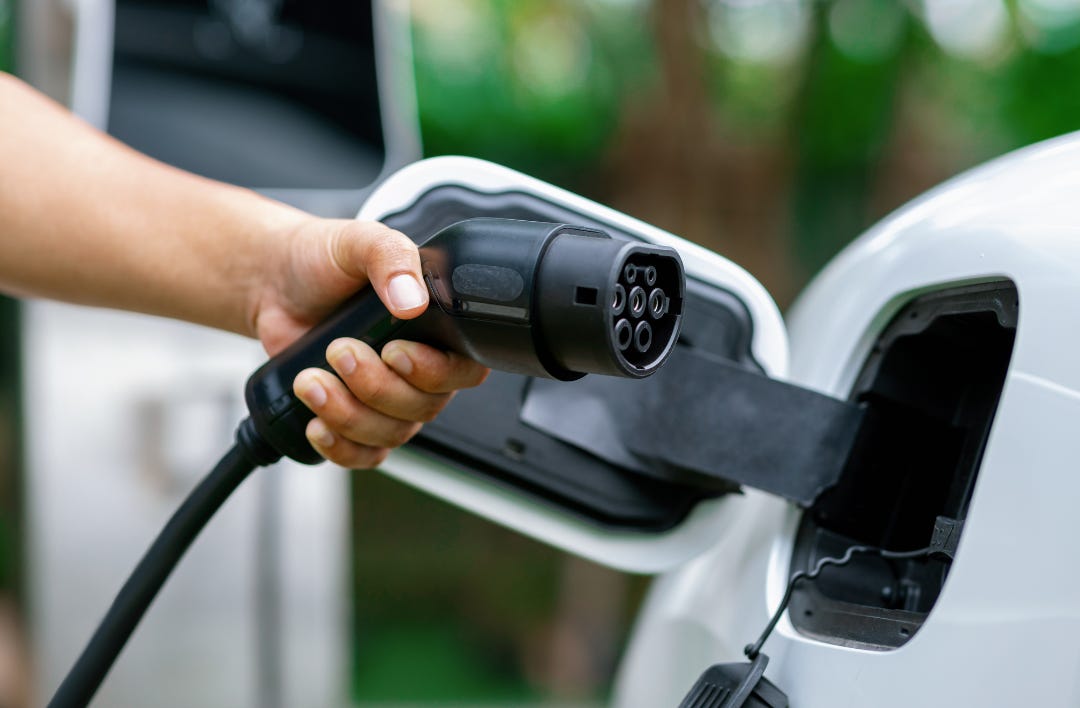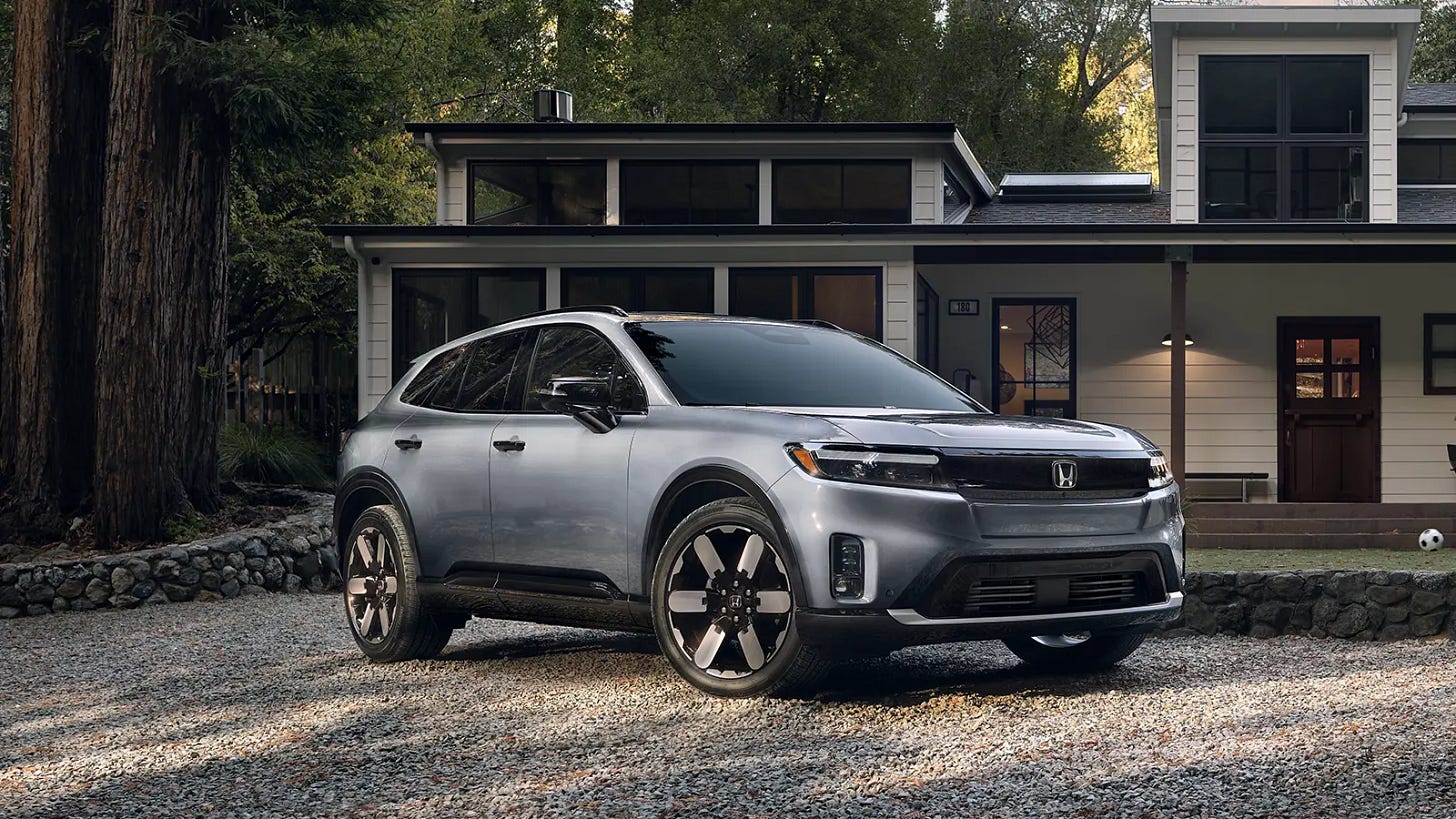Transportation is one of the biggest drivers of climate change, making up nearly 29% of all greenhouse gas emissions in the United States. It’s also one of the biggest stressors in daily life—cars cost a fortune, take up space, and too often leave us isolated from our neighbors. What if getting from place to place could be simpler, greener, and even more connected?
At Gratitude Village, a cohousing community in the making on Denver’s west side, we’re planning for a future where transportation is easier on both people and the planet. From shared electric vehicles to bike-friendly pathways, we’re designing a neighborhood where sustainable choices aren’t a burden—they’re the natural, joyful way of life.
Even though our homes aren’t built yet, we’re intentionally designing Gratitude Village to reduce car dependency, cut emissions, lower costs, and bring people closer together.
Why Car-Sharing Works in Community
In most neighborhoods, each household owns one or more cars. But what if, instead of every home maintaining its own vehicle, neighbors shared a small fleet of electric vehicles (EVs)?
That’s exactly what we plan to do at Gratitude Village. Residents will have access to shared EVs they can reserve for errands, appointments, or weekend getaways. Car-sharing dramatically reduces the total number of vehicles on-site, which means:
✅ Fewer emissions
✅ Less money spent on maintenance and insurance
✅ Less space devoted to parking
✅ More intentional trips
When driving becomes a shared resource, it also becomes a more mindful choice. Residents are more likely to walk, bike, or use transit when it makes sense—saving the shared car for when it’s truly needed.
EV Chargers + Shared Infrastructure
To support this vision, we’ll have EV chargers conveniently located throughout the neighborhood, powered by renewable energy. Whether it’s the shared cars or a resident’s personal EV, keeping vehicles charged will be simple and sustainable.
Unlike traditional neighborhoods that assume every household owns a gas-powered car, our model is about cooperation, carbon reduction, and long-term affordability. The shared infrastructure aligns with our broader goal of becoming a Net Zero community—where what you drive, what you eat, and how you live all reflect care for the planet.

Making Active Transportation the Easy Choice
Of course, not every trip requires a car. Some of the most meaningful moments come from slowing down and moving at a human pace.
Gratitude Village will be designed for walkability and bike-friendliness, with:
🚲 Safe pathways for walking, rolling, and biking
🚲 Shared e-bikes for quick errands
🚲 Plenty of bike storage
🚲 Gardens, courtyards, and gathering spaces connected by footpaths
When neighbors walk to the Common House for a meal, bike together to the local farmers market, or stroll to a nearby bus stop, transportation becomes an opportunity for connection—not just convenience.
Location Matters
We’re also intentionally choosing a location with easy access to Denver’s public transit network, including light rail and bus routes. That makes car-free or low-car living practical and realistic.
Want to attend a concert downtown? Hop on the train. Visiting a friend across town? Take the bus. Need to catch a flight? Denver International Airport is within an hour. Gratitude Village’s transit connections will make sustainable living easier without limiting mobility.
Reclaiming Space from Cars
Private cars take up a lot of space—garages, driveways, parking lots. By reducing the need for every household to own a vehicle, we can reclaim that space for things that actually improve quality of life:
🌳 Greenways and native landscapes
🌳 Play areas where kids can roam safely
🌳 Gardens, picnic spots, and outdoor gathering spaces
With fewer cars, the neighborhood will be quieter, the air cleaner, and the streets safer for everyone. We’re designing around people—not vehicles.
Saving Money + Building Community
The average cost of owning a car in the U.S. is over $10,000 a year. That’s a huge financial burden, especially for families or seniors on a fixed income. Car-sharing makes transportation more affordable and equitable, while still giving everyone access when they need it.
But there’s another hidden benefit: it strengthens community ties. Managing shared cars, coordinating bike maintenance, and simply chatting on a walk become small, daily ways neighbors cooperate. These interactions build trust and reinforce the culture of mutual support that makes cohousing so unique.
Transportation as a Reflection of Our Values
At its heart, our transportation plan is about more than logistics. It’s about living our values: sustainability, equity, and connection. Every shared ride, every e-bike trip, every moment we choose to walk instead of drive is a statement of who we are and what we care about.
By reducing our reliance on fossil fuels and investing in shared, active, and public transportation, we’re showing that there’s a better way to move through the world—literally.
A Model for the Future
Cohousing communities like Gratitude Village offer a blueprint for what’s possible. When you design neighborhoods around people instead of cars, you get cleaner air, stronger connections, and lower costs—all without sacrificing convenience.
We’re proud to be part of a movement proving that sustainable transportation isn’t a sacrifice. It’s a joy. And it’s one of the many ways we’re moving forward—together.
Want to live in a place where getting around is simpler, greener, and more connected?
Subscribe to follow the journey as we build Gratitude Village—a community designed for people, not just cars.






